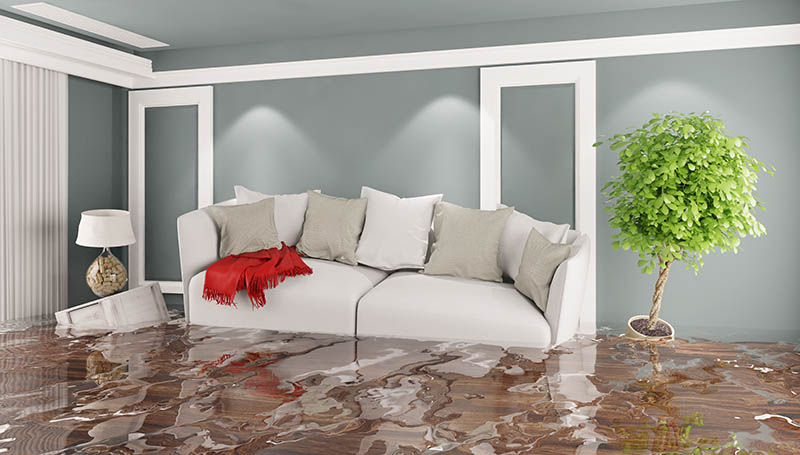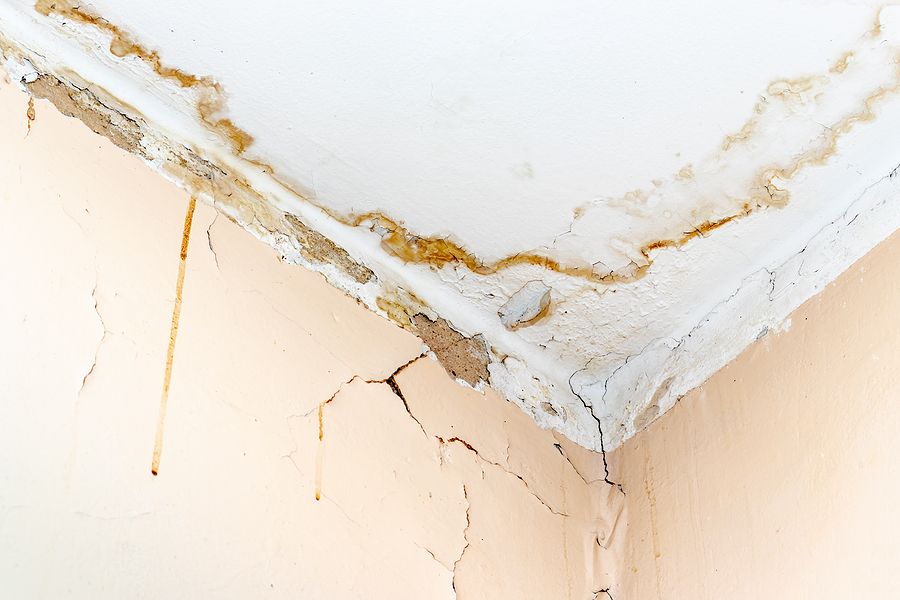Spot Half a Dozen The Principal Causes for Leakage Within Your Home
Spot Half a Dozen The Principal Causes for Leakage Within Your Home
Blog Article
This great article which follows about How to detect water leaks in your home is extremely captivating. Don't bypass it.

Leaks not just trigger waste of water however can additionally cause unneeded damages to your house and promote unwanted organic development. Regrettably, water leakages could go undetected because a lot of the pipework in our house is hidden. By recognizing and also looking for everyday circumstances that create leaks, you can safeguard your residence from future leakages and unnecessary damages. Today, we will consider six leak triggers that may be creating your pipelines to trickle.
Trespassing roots
A lot of water leaks begin outside your home instead of inside it. If you discover an abrupt decline in water stress, say in your faucet, take some time to go out as well as analyze your lawn. You may observe damp spots or sinkholes in your yard, which might suggest that tree roots are getting into water lines creating water to leak out. You can have your plumber check for invasion, particularly if you have trees or bushes near your property.
Corroded water systems
As time goes by, your plumbing system ages and rust such as rust may begin eating away the pipelines. This could be the reason for discoloration or warping on your water pipes. This requires an inspection with your plumber immediately. If our plumbing system is old, think about replacing the pipes considering that they go to a higher risk of corrosion than the newer designs.
Faulty Pipe Joints
Pipe joints can degrade over time, resulting in water leaks. If you have noisy pipelines that make ticking or banging noises, particularly when the warm water is transformed on, your pipe joints are probably under a great deal of stress.
Instantaneous temperature level adjustments.
Severe temperature adjustments in our pipes can create them to broaden and also contract all of a sudden. This expansion and also tightening may trigger fractures in the pipelines, particularly if the temperature level are below freezing.
Poor Water Connectors
At times, a leak can be caused by loose hoses as well as pipelines that provide your devices. Usually, shifting is what creates the loose water Links. You may find when it comes to a washing maker, a pipe may spring a leak because of trembling throughout the spin cycle. In case of a water connections leak, you might notice water running directly from the supply line or puddles around your home appliances.
Obstructed Drains
Clogged drains pipes might be annoying and also inconveniencing, but they can in some cases wind up triggering an overflow bring about break pipelines. Keep removing any kind of products that might drop your drains that might clog them to stay clear of such hassles.
All the above are reasons for leakages however not all water leaks arise from plumbing leakages; some leaks may come from roof covering leakages. All leaks ought to be repaired promptly to stay clear of water damage.
Leaks not just cause waste of water but can also create unneeded damage to your home and also advertise unwanted organic growth. By comprehending and looking for everyday scenarios that cause leakages, you can protect your house from future leakages and unnecessary damage. Today, we will certainly look at 6 leakage triggers that might be causing your pipelines to trickle.
At times, a leak can be caused by loose pipes and also pipelines that supply your home appliances. In situation of a water links leak, you may see water running directly from the supply line or pools around your appliances.
How To Check For Water Leak In Your Home
How To Check for Leaks
The average household's leaks can account for nearly 10,000 gallons of water wasted every year and ten percent of homes have leaks that waste 90 gallons or more per day. Common types of leaks found in the home are worn toilet flappers, dripping faucets, and other leaking valves. These types of leaks are often easy to fix, requiring only a few tools and hardware that can pay for themselves in water savings. Fixing easily corrected household water leaks can save homeowners about 10 percent on their water bills.
To check for leaks in your home, you first need to determine whether you're wasting water and then identify the source of the leak. Here are some tips for finding leaks:
Take a look at your water usage during a colder month, such as January or February. If a family of four exceeds 12,000 gallons per month, there are serious leaks.
Check your water meter before and after a two-hour period when no water is being used. If the meter changes at all, you probably have a leak.
Identify toilet leaks by placing a drop of food coloring in the toilet tank. If any color shows up in the bowl after 10 minutes, you have a leak. (Be sure to flush immediately after the experiment to avoid staining the tank.)
Examine faucet gaskets and pipe fittings for any water on the outside of the pipe to check for surface leaks.
Undetected water leaks can happen without the home or business owner even realizing. If you suspect a water leak, but not able to find the source. It is time to contact a professional water leak detection service, The Leak Doctor.
How To Find a Water Leak In Your Home
https://www.leakdoctor.com/blog/How-To-Check-For-Water-Leak-In-Your-Home_AE197.html

We had been guided to that article on How to Find Water Leaks through an acquaintance on a different website. Be sure to set aside a second to share this content if you enjoyed it. Thank-you for your time invested reading it.
Problem? Contact now! Report this page